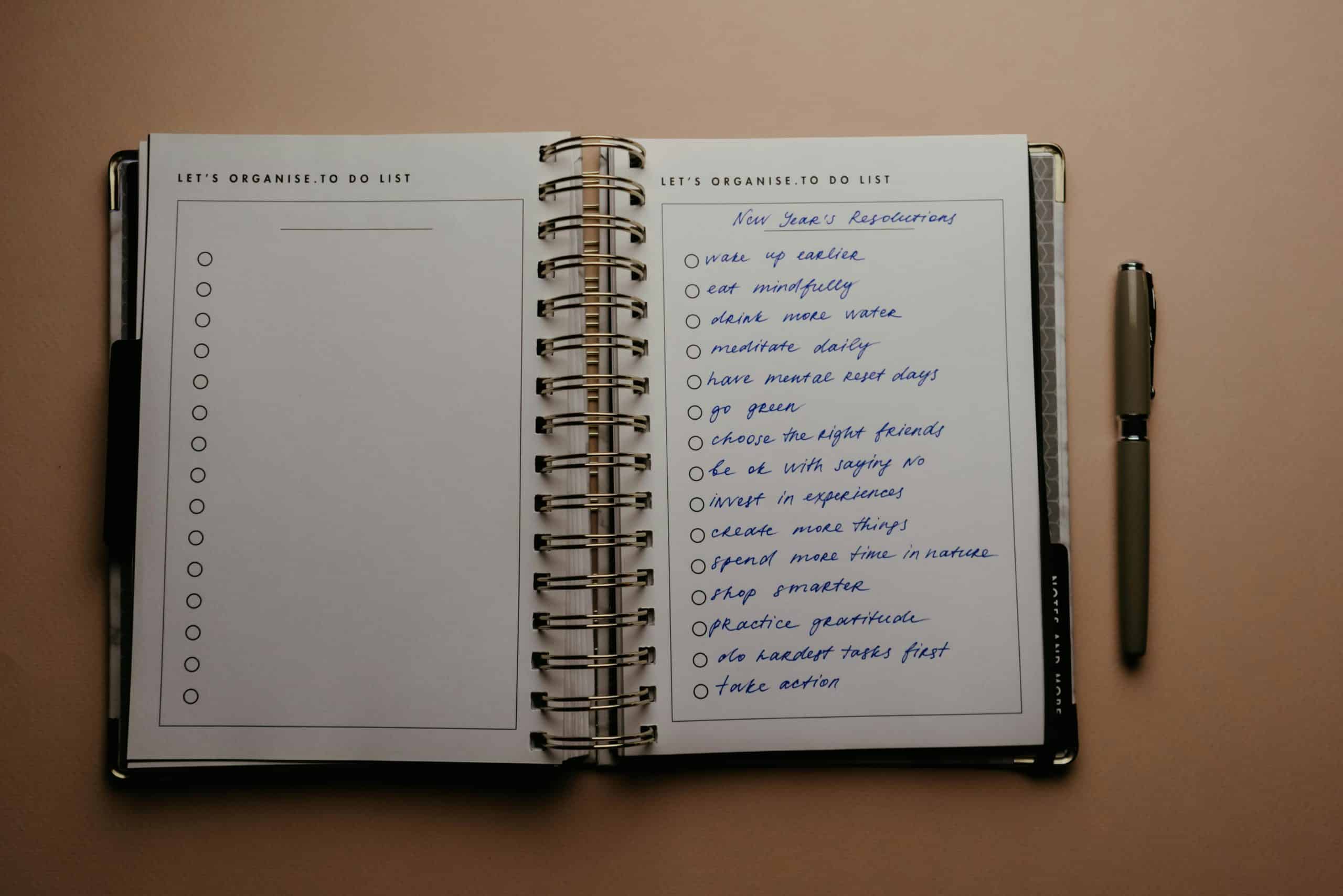The Art of Developing Consistency:

5 Strategies To Build Unbreakable Consistency
In the pursuit of any meaningful goal, but especially with fat loss, consistency often emerges as the deciding factor between fleeting success and lasting transformation. While most understand the value of consistency, mastering it requires more than sheer willpower—it demands a strategic approach that aligns with one’s deeper purpose and builds sustainable habits. Here, we explore five critical strategies to develop and maintain consistency in all areas of life, from health and fitness to career and relationships.
1. Establishing Purpose as Your Guiding Light
Purpose is more than just having a goal; it is the profound reason behind why you pursue that goal. It serves as your North Star, guiding your actions and providing the motivation to persist when challenges arise. Without a clear purpose, even the most ambitious objectives can lose their allure, making consistency difficult to maintain.
Why Purpose Matters:
Achieving consistency is impossible without understanding why you’re working toward something. For example, if your aim is weight loss, the purpose should extend beyond reaching a certain number on the scale. It might be to improve your health so you can engage more actively with your children or to build confidence that translates into your professional life. When purpose is deeply rooted, it transforms routine actions into meaningful endeavors, fostering the resilience needed for consistent effort.
Actionable Step:
Take time to reflect on your ultimate “why” by journaling your motivations. Continually revisit and refine this purpose to ensure it resonates with you as your goals evolve.
2. Cultivating Self-Control to Stay on Course
Self-control is the backbone of consistency. It is your ability to remain disciplined even in the face of temptation or difficulty. While motivation can come and go, self-control ensures you continue to make choices aligned with your goals, regardless of how you feel on any given day.
The Challenge of Self-Control:
The path to consistency is riddled with moments where the easier option tempts you—skipping a workout, eating out of boredom, or letting procrastination take hold. Building self-control involves practicing discipline in these small, everyday moments.

Developing Self-Control:
- Challenge Yourself Regularly: Incorporate activities that push you out of your comfort zone, helping to strengthen your resolve over time.
- Avoid Complacency: Embrace an awareness mindset rather than an acceptance mindset. Awareness involves acknowledging where you are while taking steps to improve, whereas acceptance without action can breed stagnation.
3. Creating Urgency to Drive Action
Urgency imbues your goals with the pressure needed to spur consistent action. It defines not only the timeline within which you wish to achieve your objectives but also the pace at which you need to move. Without urgency, it’s easy to fall into the trap of thinking, “I’ll start tomorrow,” which often leads to procrastination and inconsistency.
Building Urgency:
- Set Deadlines: Establish specific milestones that push you to maintain momentum. For instance, if your goal is to run a marathon, set intermediate goals like a 10K race to ensure you stay on track.
- Recognize the Consequences of Delay: Consider what failing to meet your goals might mean. Would it prolong your discomfort or dissatisfaction? Would it affect your self-esteem or professional credibility? Understanding the cost of inaction creates a sense of urgency that fuels consistency.
4. Developing Trackable Habits and Actions
Consistency requires having specific, repeatable actions that can be measured over time. Tracking your habits provides clarity on what you’re doing well and where you need improvement. It also offers a tangible sense of progress, which reinforces positive behavior through the release of dopamine.

Why Tracking Works:
By logging your activities—whether it’s your workout sessions, nutrition intake (i.e. calories and macros), or hours spent on a skill—you create a visual representation of your consistency. This not only helps you stay accountable but also provides a clear roadmap of what adjustments may be necessary.
How to Implement Tracking:
- Use habit-tracking apps or a simple journal to mark each day you complete your chosen activities.
- Set clear targets, such as the number of workouts per week or daily water intake, and aim to meet or exceed these benchmarks consistently.
5. Regularly Reviewing and Reflecting
Reflection is the final piece of the consistency puzzle. It allows you to learn from your experiences, identify obstacles, and adjust your approach as needed. Without regular review, it’s difficult to know what’s working and what needs to change, making it easy to repeat mistakes and lose sight of your progress. It’s what makes our Tailored Daily Journals such a staple for so many of our clients’ morning routines!
The Power of Reflection:
- Weekly Check-Ins: Dedicate time at the end of each week to assess your performance. What did you achieve? What challenges did you face? This practice helps you stay aware of patterns that either support or hinder your progress.
- Adaptability: Use your reflections to adapt your plan. If a specific habit is not yielding results or becomes too difficult to sustain, refine your approach to maintain forward momentum without sacrificing consistency.
Conclusion:
Consistency is the product of deliberate practice, guided by purpose, reinforced by self-control, energized by urgency, supported by trackable habits, and refined through reflection. By integrating these five strategies into your life, you can build unshakeable consistency and achieve long-term success in any pursuit.




















































































































































































































































































































































































































































































